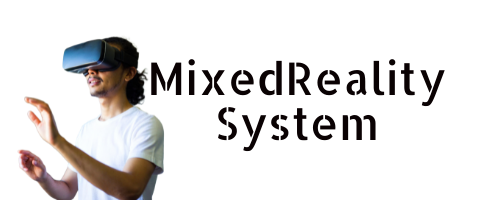At a Glance
- VR technology tracks eye movements during simulated real-world tasks, providing objective ADHD diagnostic data.
- The system achieves 81% accuracy in identifying ADHD, superior to traditional self-reporting methods.
- Eye-tracking reveals attention patterns and gaze wandering that serve as important ADHD predictors.
- Biosensor arrays monitor physiological responses throughout sessions, gathering real-time data difficult to fake.
- The technology has uncovered previously missed ADHD subtypes, enabling more personalized treatment approaches.
In the sphere of mental health diagnostics, a groundbreaking virtual reality tool is changing how doctors identify ADHD, offering hope to millions who struggle with attention issues.
Imagine putting on a headset and suddenly finding yourself in a classroom or kitchen, with the doctor tracking exactly where your eyes dart and how long you focus on tasks. Pretty cool, right?
Virtual reality transforms ADHD diagnosis by tracking your attention in lifelike settings. It’s not just accurate—it’s actually fun!
Unlike those endless questionnaires that make you yawn, these VR tests feel more like playing a video game than visiting the doctor. The research team used a specialized assessment called Nesplora Attention Kids Aula to evaluate attentional functions more accurately than traditional methods.
The magic happens when you’re immersed in these virtual worlds. While you’re busy traversing through simulated everyday scenarios, the system is quietly collecting data on your eye movements, reaction times, and how you handle distractions. Biosensor arrays constantly monitor physiological responses throughout each session, providing unprecedented insight into attention patterns.
It’s like having someone read your mind, but way less creepy! The best part? Kids actually enjoy completing these tests, which means more reliable results and fewer diagnosing headaches for everyone involved.
What makes this approach revolutionary is its objectivity. Traditional ADHD diagnosis has always been a bit like guesswork – relying on what people remember about their behavior or how they think they act in certain situations.
We all know memory can be as reliable as a chocolate teapot! With VR testing, doctors get real-time data that’s nearly impossible to fake or misremember.
The results speak for themselves – one study showed these VR assessments correctly identified ADHD with 81% accuracy. That’s a game-changer when you consider the consequences of misdiagnosis.
Even more fascinating, these tests are uncovering new ADHD subtypes that traditional methods completely missed, like spotting stars with a telescope instead of squinting at the night sky.
As this technology becomes more widespread, it promises more personalized treatment approaches. No more one-size-fits-all solutions – just targeted help for your specific attention challenges.
Who knew that playing in virtual reality could reveal such powerful insights into how our brains actually work? The researchers discovered that gaze wandering was among the most important predictors of ADHD, offering a window into attentional processes that questionnaires simply cannot capture.
References
- https://nesplora.com/challenging-the-norm-a-vr-powered-approach-to-adhd-diagnosis-unveiles-new-subtypes/
- https://pmc.ncbi.nlm.nih.gov/articles/PMC11180838/
- https://www.psypost.org/ai-model-predicts-adult-adhd-using-virtual-reality-and-eye-movement-data/
- https://pmc.ncbi.nlm.nih.gov/articles/PMC6559774/
- https://www.sciencedaily.com/releases/2022/12/221220113015.htm



Leave a Reply